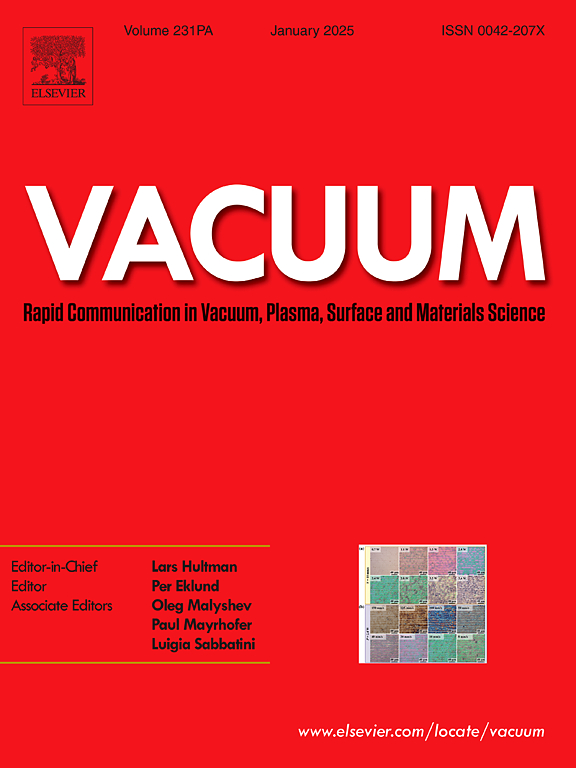First-principles investigation of optical and thermoelectric properties of Na2InCu(F/Cl)6 double perovskites for energy harvesting devices
IF 3.8
2区 材料科学
Q2 MATERIALS SCIENCE, MULTIDISCIPLINARY
引用次数: 0
Abstract
The structural stability, optical, electronic, and thermoelectric properties of NaInCu(F/Cl) double perovskites have been investigated using density functional theory (DFT) with the Tran–Blaha modified Becke–Johnson potential and spin–orbit coupling (TB-mBJ + SOC). The structural analysis confirms the stability of the cubic phase for both compounds, with lattice parameters of 8.47 Å for NaInCuF and 10.07 Å for NaInCuCl. The electronic properties reveal semiconducting behavior with a direct band gap for both materials. Optical parameters, including absorption coefficients, refractive index, and reflectivity, are calculated and analyzed. The band gaps, along with favorable optical properties such as high absorption coefficients, indicate the potential of these compounds for solar cell and optoelectronic applications. Thermoelectric properties, including electrical conductivity, thermal conductivity, and the Seebeck coefficient, are evaluated to determine their contribution to the figure of merit (ZT). The room-temperature ZT values highlight the suitability of NaInCu(F/Cl) for thermoelectric applications.
求助全文
约1分钟内获得全文
求助全文
来源期刊

Vacuum
工程技术-材料科学:综合
CiteScore
6.80
自引率
17.50%
发文量
0
审稿时长
34 days
期刊介绍:
Vacuum is an international rapid publications journal with a focus on short communication. All papers are peer-reviewed, with the review process for short communication geared towards very fast turnaround times. The journal also published full research papers, thematic issues and selected papers from leading conferences.
A report in Vacuum should represent a major advance in an area that involves a controlled environment at pressures of one atmosphere or below.
The scope of the journal includes:
1. Vacuum; original developments in vacuum pumping and instrumentation, vacuum measurement, vacuum gas dynamics, gas-surface interactions, surface treatment for UHV applications and low outgassing, vacuum melting, sintering, and vacuum metrology. Technology and solutions for large-scale facilities (e.g., particle accelerators and fusion devices). New instrumentation ( e.g., detectors and electron microscopes).
2. Plasma science; advances in PVD, CVD, plasma-assisted CVD, ion sources, deposition processes and analysis.
3. Surface science; surface engineering, surface chemistry, surface analysis, crystal growth, ion-surface interactions and etching, nanometer-scale processing, surface modification.
4. Materials science; novel functional or structural materials. Metals, ceramics, and polymers. Experiments, simulations, and modelling for understanding structure-property relationships. Thin films and coatings. Nanostructures and ion implantation.
 求助内容:
求助内容: 应助结果提醒方式:
应助结果提醒方式:


